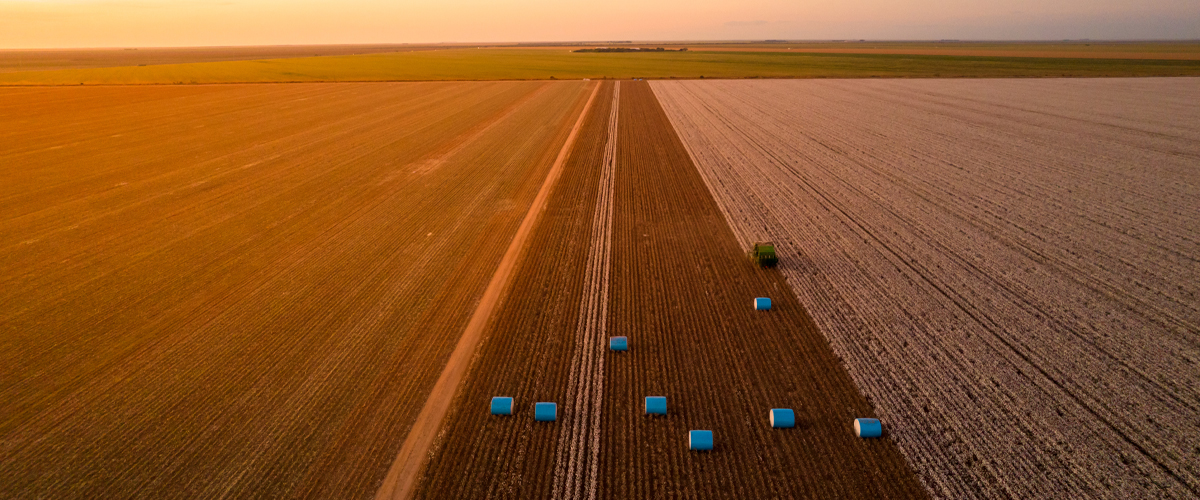November 2, 2022
Get ready for the German Supply Chain Act
Throughout the world, legislation is looming to monitor and mitigate human rights violations in the supply chain.
From consumer goods to fashion and “big food,” many well-known global brands have found themselves suddenly thrust into the spotlight for something no business leader wants to be associated with: human rights violations. In many cases, these scandals are directly related to the organization’s supply chain: unethical purchasing practices, forced labor, excessive working hours, low wages, poor working conditions, gender and ethnic discrimination, sexual abuse and more.
It’s no wonder that more businesses are recognizing supply chain due diligence as a risk management tool to address and alleviate the chance of these violations. And with the German Supply Chain Due Diligence Act (Lieferkettensorgfaltspflichtengesetz) coming into effect Jan. 1, 2023, it’s even more relevant. This critical piece of legislation will require companies to identify, monitor, remediate and report on risks related to a range of human-rights issues, such as forced labor, child labor and modern slavery.
But this is not just an issue for German companies. The German Supply Chain Act is a harbinger of what is to come as the rest of the world begins endorsing legislation to protect the human rights of employees—with regional and global implications. The European Commission’s proposed due diligence directive is expected to come into force in 2024, with groundbreaking implications for global supply chains. Some estimates show that in the next three years, more than 50,000 companies will be subject to mandatory supply chain due diligence acts across Europe (Assent, 2022).
Few are prepared for supply chain due diligence
Globally, all companies will face the same general challenges as they address supply chain compliance and readiness, regardless of their sector or region. However, according to the Business and Human Rights Resource Center, only 22% of German companies have shown they can adequately meet the requirements of the Supply Chain Act.
Further, a recent briefing from KnowtheChain, which monitors and benchmarks global supply chains, reveals that the world’s largest companies in the highest risk industries—information and communications technology, food and beverage, apparel and footwear—are not ready for legislative compliance. For example:
- 50% do not disclose human rights risk assessments
- 66% do not disclose forced labor risks identified in their supply chains
- 83% do not disclose remediation of forced labor cases in their supply chain
The challenges many companies face relate to the complexity of collecting and managing data across their global supply chains, many of which reach across multiple markets and legislations, experience supplier volatility and include invisible sub-suppliers. The degree of due diligence required will vary as well, with high-risk profiles warranting a follow-up. Cotton from Xinjiang, for example, will have a different risk profile from steel from Norway. Therefore, businesses need to carefully consider which metrics indicate risks, specific to the sector, geography, operation and transaction.
Getting ahead of supply chain due diligence
While human rights and due diligence acts will differ in terms of their details, they will require harmonization around the same four critical risk management steps: identify human rights violation risks in the supply chain, monitor those risks, remediate any violations identified and be transparent with stakeholders.
To that end, here are four simple steps any company can take to implement a robust human rights due diligence process:
- Analyze the current risk assessment process. When it comes to supplier screening, try to answer the following questions: Does it include human rights due diligence? How long does an assessment take? What are the steps involved? Who is responsible? What data is collected, and how much of it is structured? Where are the pain points and sources of error? How much effort does it take?
- Understand the leading indicators for risk in the sector and geographies in which you operate. The risks for each sector are different, and suppliers will not bluntly inform you of violations. Instead, businesses must understand the conditions that lead to a high probability of human rights infringements. OECD and other NGOs provide high-level maps indicating high-risk areas and products. These can be used to prioritize where your efforts will have the biggest impact.
These organizations also provide reference questionnaires to help identify high-risk indicators of human rights violations. Using this information, businesses can start forming a unified data structure that is fundamental to automating the process.
The problem with free-text questionnaires is that some responses, such as how many migrants you employ, might come back in different formats, such as a percentage, a ratio or a total number. It is a monumental effort to consolidate all this data and make it useful. Formulating a uniform data structure is the first step in solving this problem.
- Identify trademarks, certifications or industry associations that can help. Reducing human rights violations is a collaborative effort. Businesses should work with peers to whitelist good actors and blacklist bad ones.
Look for trademarks, registries and databases that can be used to validate the information you seek. Auditing companies offer global networks of inspectors that can help validate responses and investigate high-risk companies. Look for certifications to leverage, as this can reduce the need to conduct costly audits yourself.
- Automate the process. Automation is the only way to keep up with dynamic supply chains. Leverage existing supplier vetting and screening systems to automate direct supplier screening. These can be extended to enable outreach to all tiers of suppliers. With this in place, businesses can have a framework to frictionlessly collect relevant data, and automate the initial assessment and subsequent monitoring process.
A recipe for success
Supply chain due diligence is an ongoing journey that will differ depending on region, sector and company size. Depending on the industry, there may be certification bodies, certificates or managed whitelists available, in which it’s a matter of tracking the validity of those certificates.
In other cases, the company might need to perform audits itself or use an auditing company to validate the information gathered. Supply chains are also dynamic—partnerships can be ad hoc or long-lasting.
But by taking action now, businesses can get ahead, and stay ahead, of the supply chain due diligence needs they will inevitably encounter in the months and years to come.
Maria Nikolaidou is a Senior Business Consultant and strategic expert at Cognizant. She supports clients – with a focus on the consumer goods sector – in managing supply chain ESG risks and deploying the most suitable digital technologies.
Maria.Nikolaidou@cognizant.comThijs van Krimpen is a Cognziant Industry 4.0 architect focused on realizing sustainable solutions using Industry 4.0 technology to unlock efficiency improvements, improve decision making and drive the world in a greener, smarter direction.
Thijs.VanKrimpen@cognizant.comLatest posts
Related posts
Subscribe for more and stay relevant
The Modern Business newsletter delivers monthly insights to help your business adapt, evolve, and respond—as if on intuition



